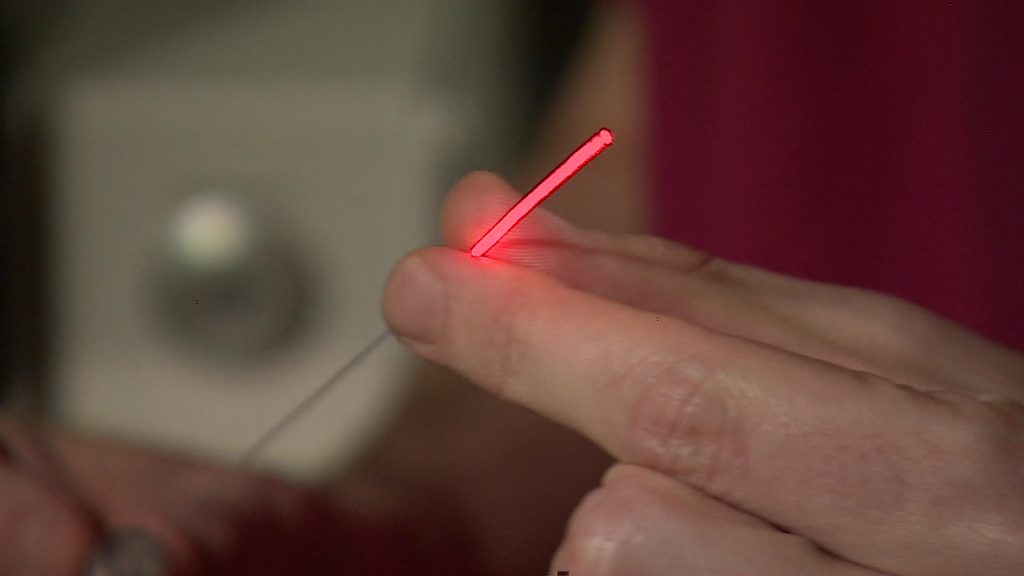VAAFT endoscopic technique for perianal fistula treatment: Procedure & Advantages
Having a perianal fistula can cause a significant amount of discomfort to the patient if they develop symptoms. That is why it is important to diagnose the condition early and choose the appropriate treatment method. The treatment of perianal fistula with the VAAFT endoscopic technique is the most effective method in treating the condition, while at the same time minimizing the possibility of its recurrence.
A fistula can occur in multiple parts of the body. A perianal fistula occurs in the area around the anus, usually as a result of blockage and consequently inflammation of the glands of the perianal region. Obstruction in this area leads to a significant degree of swelling, due to which a periodontal abscess is eventually created.
What is a perianal abscess & what causes it?
A perianal abscess appears as a cavity in which pus has collected following infection by microorganisms, manifesting symptoms of pain, redness and swelling in the area of the skin of the anus. The automatic drainage of pus can relieve inflammation, but it also creates a communication channel between the inside of the anus and the skin outside.
This channel that connects the inner part of the anus with the skin is the perianal fistula. The abscess is the acute form of the infection, while the fistula is the chronic condition of the condition. Both of these diseases belong to a wider category of diseases caused by infections by microorganisms, rectal sepsis. Of course, it is not excluded that the appearance of a periodontal fistula is not related to the existence of an abscess,
The symptoms that indicate the existence of a perianal fistula are the outflow of fluid that the patient finds in his underwear, while rarely itching may occur in the anal area. The manifestation of symptoms of the condition may not necessarily be painful. The treatment of a perianal fistula is necessarily surgical, with the opening of the cutaneous duct, i.e. this channel of communication between the inside of the anus and the skin, in order to start the process of its automatic healing.
For the treatment of a perianal fistula, in case the muscles of the perianal region are involved in its course, opening is not a suitable option, as there is a possibility of injuring the muscles and causing partial incontinence. In this case, the application of more specialized surgical techniques is indicated, such as the endoscopic method using VAAFT (Video Assisted Anal Fistula Treatment) video, which is applied with excellent success rates by the General Surgeons in Athens.
What is the procedure followed during the VAAFT Endoscopic Technique?
Video-Assisted Anal Fistula Treatment (V.A.A.F.T.) is an innovative minimally invasive technique for the treatment of complex forms of the condition, which is performed in two phases, exploratory and surgical. The first phase of the operation involves mapping the course of the fistula and imaging on a high-definition 3D screen the skin duct and any abscess cavities using a special specialized tool called a syringoscope. In order for the surgeon to obtain a clear picture of the course of the fistula, a special solution is applied inside the anal area.
The second phase of this technique involves surgical repair of the fistula under either spinal or general anesthesia. In particular, the fistulous duct and its possible branches are destroyed, while the infectious tissue is thoroughly cleaned from the walls of the fistula without the need to make large incisions. Then, the material in the path of the fistula is cauterized using a laser while the inner edge of the fistula is carefully sutured to prevent recurrence of the condition.
What are the advantages of the VAAFT Endoscopic Technique?
The benefits of this particular procedure for the treatment of a perianal fistula are multiple, as the introduction of the syrinxoscope allows for a detailed visualization of the area and the performance of the procedure with great precision. The VAAFT endoscopic technique is performed painlessly and bloodlessly through very small incisions, minimizing post-operative pain and the patient is discharged the same day, quickly returning to their daily activities.


